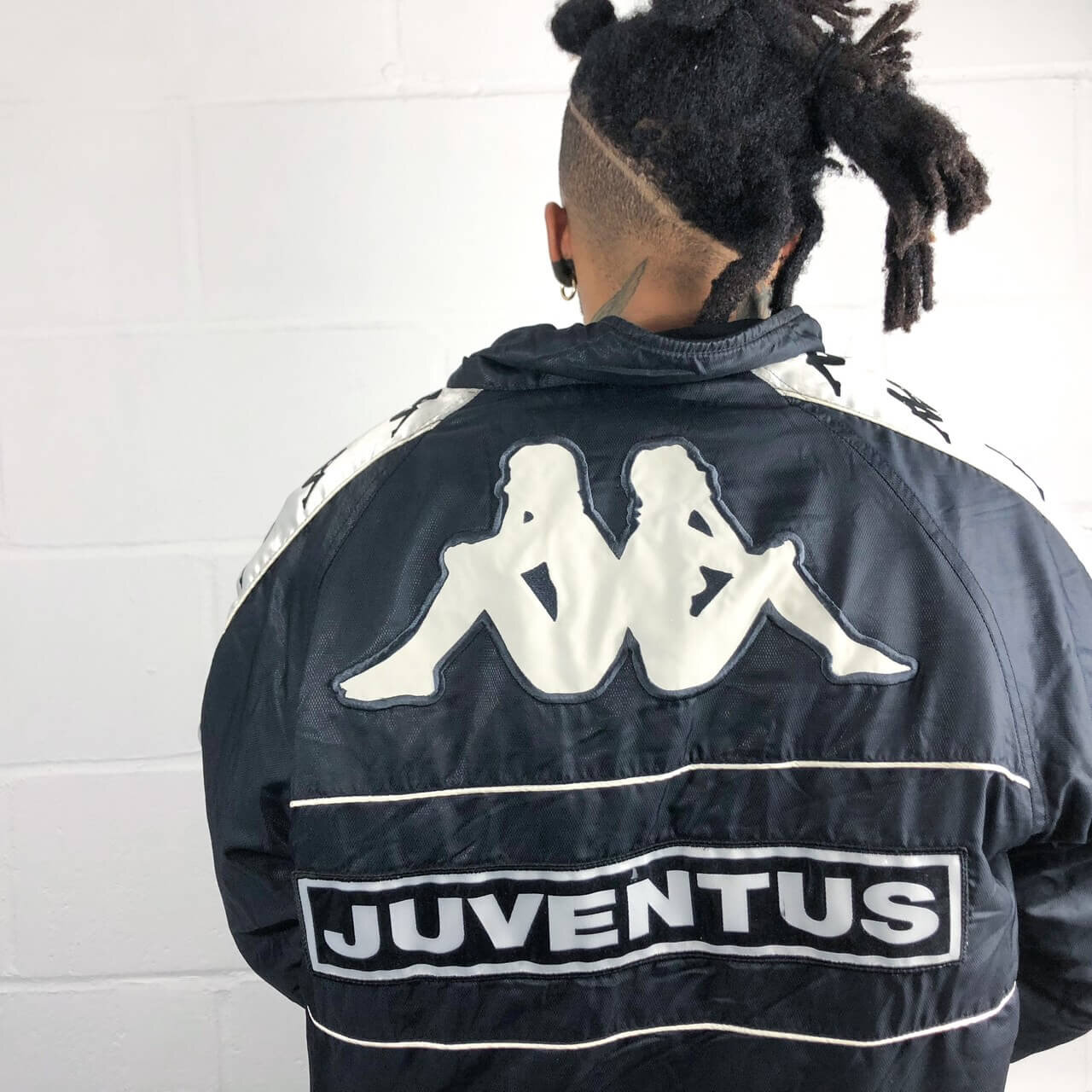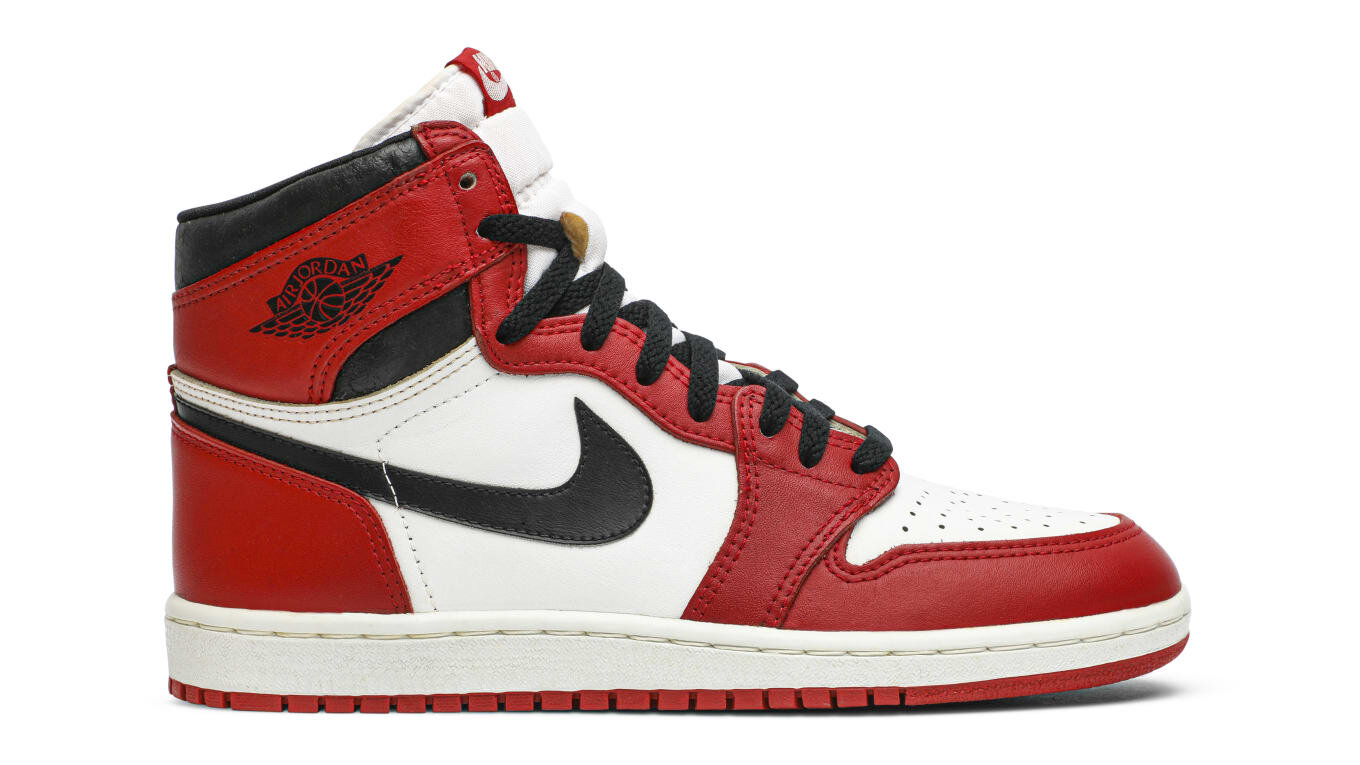Rolex and Sport: Marketing the Extraordinary
Marketing Performance: Rolex and Their Journey in Sport
Most people likely know of Rolex as nothing more than a status symbol.
It certainly is that, but prestige is earned, and the Rolex brand has earned its reputation through flawless performance, which is something it has replicated in its marketing and association with elite sports.
As the manufacturer perfected efficient timekeeping, protection from environmental conditions and automatic winding, it also became associated with the most recognized entertainers and sportsmen.
The combination of these factors, along with the substantial resale value of the watches, has led to Rolex being the premier watch brand in the world.
Whilst the Switzerland-based watchmaker is now renowned globally for its craft, as with most things, its establishment came as a result of an idea:
Aanu Omorodion presents a short history of watchmaker Rolex and their involvement in elite sports.
Rolex: The Beginnings
The brand now known as ‘Rolex’ was originally known as Wilsdorf and Davis.
This name came from co-founders Hans Wilsdorf and his brother-in-law, Alfred Davis. The founders were watchmakers based in the city of London since 1902, importing high-quality parts also known as movements from Switzerland for the purpose of fitting the parts in watch cases of similar quality.
These watches – often stamped with ‘W&D’ at the back/on the case back – were then distributed to jewellers who added their own brand names to the pieces.
In 1905, the then-24-year-old Wilsdorf began envisioning a wristwatch that was as reliable as it was stylish. Pocket watches were the dominant timepieces of that era, and most pieces couldn’t accurately keep time.
The name ‘Rolex’ is said to have come about as Wilsdorf wanted a name short enough to be placed on the face of the watch; and easy to say and remember in any language. The Bavarian watchmaker is also said to have likened the name to the sound of a watch being wound.
The name was registered as a trademark in 1908, the same year Wilsdorf opened his first office in Switzerland (La Chaux-de-Fonds specifically).
The crown with five points, usually above the ‘Rolex’ name on the watch, was introduced later in the century. The brand logo was designed by founders Wilsdorf and Davis and trademarked in 1925.
The Rise of Rolex as A Luxury Brand
Relatively speaking, Rolex were new to the time-keeping industry.
Competitors such as Patek Philippe, Longines and Cartier had been operating since the 19th century. However, the brand emerged at a good time for the watchmaking industry.
The Swiss had spent centuries finetuning their skill in the craft, ensuring that by the early 20th century, the term ‘Swiss made’ on a watch signified quality. The country dominated the high-end watch market, with the former two of the aforementioned competitors being Swiss.
As Wilsdorf and Davis were already supplied with parts from the Aegler family in Switzerland, this almost certainly guaranteed the consumer perception of Rolex to be prestige-related.
The founders, already partnered with an experienced supplier, initially focused on precise and accurate timekeeping.
In 1910, a Rolex became the first wristwatch to be independently certified as chronometrically precise, basically meaning a superb timekeeper.
The First Precision certificate given to Rolex - courtesy of Watch Finder
Once this certification led to an increase in sales, it was evident the right steps were being taken. In 1914, a Rolex was awarded the Class A precision certificate by the Kew Observatory. This distinction was usually given to marine timekeeping instruments serving as navigation for ships.
Kew’s standards for timekeeping were especially strict; yet the gold-colored, small-faced and narrow-banded Rolex became the first wristwatch to receive the ‘Class A’ distinction. This watch was the ‘Keyless Crystal 11-Ligne Bracelet Rolex.
After producing a watch that remained accurate during a 45-day test in either ice-cold; blazing-hot or ambient temperatures, Rolex had solidified its status as a brand of precision.
Next, Wilsdorf aimed to build the durability of the watches to ensure long-term accuracy in their functioning.
He desired for Rolex to be a watchmaker with pieces that lasted through generations. Before this could be achieved, the organization had to relocate from England to Geneva, Switzerland in 1919. This came as export taxes on precious metals had risen due to costs from World War 1; these metals were often used in the production of Rolex watches.
The move was also beneficial logistically, as it brought the operation closer to its suppliers, the Aeglers in Bienne.
Rolex’s Early Foray Into Athlete Endorsement
In 1926, Rolex invented, patented and released the Oyster, the world’s first waterproof watch case.
The Oyster featured a fluted bezel (a bezel is the rim of the watch cover) and case back, done to seal the case in an airtight manner.
The crown was also fluted and prominent, while the watch was sold with a leather strap. Confident in the new product, Wilsdorf himself implored English swimmer, Mercedes Gleitze to wear the watch around her neck as she attempted to swim the English channel again in October 21, 1927.
The watch lasted through the 10+ hour attempt; having stayed in good shape, kept accurate time, and not allowed a drop of water into the casing of the watch.
Mercedes Gleitze - an original influencer for Rolex
Rolex marketed the extreme undertaking brilliantly, taking out a full-page ad in The Daily Mail which detailed the watch’s resilient performance in freezing conditions.
The clever promotion popularised the brand name globally and established Rolex as a household name in Europe.
The self-winding wristwatch then made Rolex a household name worldwide, with the debut of the Oyster Perpetual in 1931.
This was also waterproof, as well as dustproof. The watchmaker continued to innovate as the century went on with the introduction of models such as the Datejust model, Day-Date model, Deepsea model etc.
Rolex and The Sport of Golf
Rolex SA is an exceptional watchmaker with pieces it ensures get worn by exceptional people. This principle is embodied by the brand’s relationship with Golf.
Rolex began a partnership with Arnold Palmer in 1967. By this point, Palmer had won the major tournaments 5 times before he turned 40.
The Palmer sponsorship later evolved into partnerships with Jack Nicklaus and Gary Player. These golfers – known as ‘The Big Three’ in the 1960s – strengthened the link between sport and brand.
Their performances and legendary status in later years have only further developed the relationship, as the Swiss wristwatch can now regularly be seen on the wrists of champions, trophy in hand i.e. then-22-year-old Jordan Speith wearing the steel band Rolex Explorer II after his 2017 British Open victory, Tiger Woods wearing the Rolex Deepsea D-Blue after his first Master’s victory in 14 years in 2019.
The company sponsored 3 of the 4 major tournaments as of 2019, but completed the quartet in February 2021 when Rolex became an official partner of and timekeeper for the annual Professional Golf Association (PGA) tournaments including the PGA Championship.
Its oldest tournament partnership is with the oldest tournament, sponsoring The Open Championship/The British Open, established in 1864, for over 40 years.
The watchmaker also sponsors numerous international amateur tournaments. Rolex is also active in the Ladies Professional Golf Association (LPGA), being a partner since the 1960s. The brand has awarded an LPGA Player of the Year since 1966, whilst sponsoring legends such as greatest female golfer of all time, Annika Sörenstam. Her Rolex of choice was often the small-faced, sleek, steel band Oyster Perpetual.
Rolex and Equestrian Sports
The Swiss Watch has sponsored events and riders for over 60 years. As a sport associated with prestige and style, Rolex’s association with equestrian activities is hardly a surprise.
The watchmaker has sponsored showjumpers Rodrigo Pessoa and Scott Brash, and event rider Zara Tindall.
Zara Philips and Rolex. A match made in Equestrian Heaven
Events such as the Royal Windsor Horse Show and achievements such as the Grand Slam of Show Jumping (winning all four equestrian majors in succession) are also sponsored by Rolex.
The watchmaker has historically associated more with horse shows than competitive horse racing, most likely due to the former being seen as a more niche or ‘highbrow’ sport.
The Oyster Perpetual is a ubiquitous watch in the sport; with its simplicity, durability and accuracy making it a favorite of riders and super fans alike. It is often awarded to winners of tournaments.
Legends such as Steve Guerdat and Eric Lamaze have also been given Rolex Daytona watches whilst being sponsored by the brand. The big-faced Rolex comes with either a leather or steel band and is specifically designed for racing. It’s recognized best by the crown and two pushers on the side of the bezel.
Rolex in the Present Day
Rolex is the leader in the luxury watch market with 23.4% market share as of 2019. This stands almost 3x the share of the closest competitor, Omega (8.5%).
The brand is valued at $7.9billion as of 2020, with record revenue of $ 5.2 billion in 2019. The Swiss watchmaker is privately owned by the Hans Wilsdorf Foundation.
The foundation was created by Hans in 1944 after his wife passed, and began active ownership when he passed in 1960. This independence has allowed the operation to focus on improving the quality and durability of its watches in the decades since, rather than on the concerns of shareholders.
The Swiss watchmaker currently sponsors rising stars such as 2020 US Open winner Bryson DeChambeau, 2020 PGA Player of the Year Justin Thomas and 4-time major championship winner Brooks Koepka.
In Equestrianism, showjumping champion Martin Fuchs is sponsored by Rolex. The Grand Slam of Show Jumping has partnered with Rolex since 2013 and continues to do so.
The watchmaker has also partnered with regulatory bodies in sponsoring and timekeeping the Winter Equestrian Festival in Florida, USA and CSIO Roma event in Rome, Italy.
New, improved and slightly tweaked versions of older Rolex styles are released by the organization, but in such a quantity that demand increases due to exclusivity.
Rolex continues to fetch higher prices in the resale market than any other watchmaker, and the prestige of the crown has yet to diminish after over a century.











